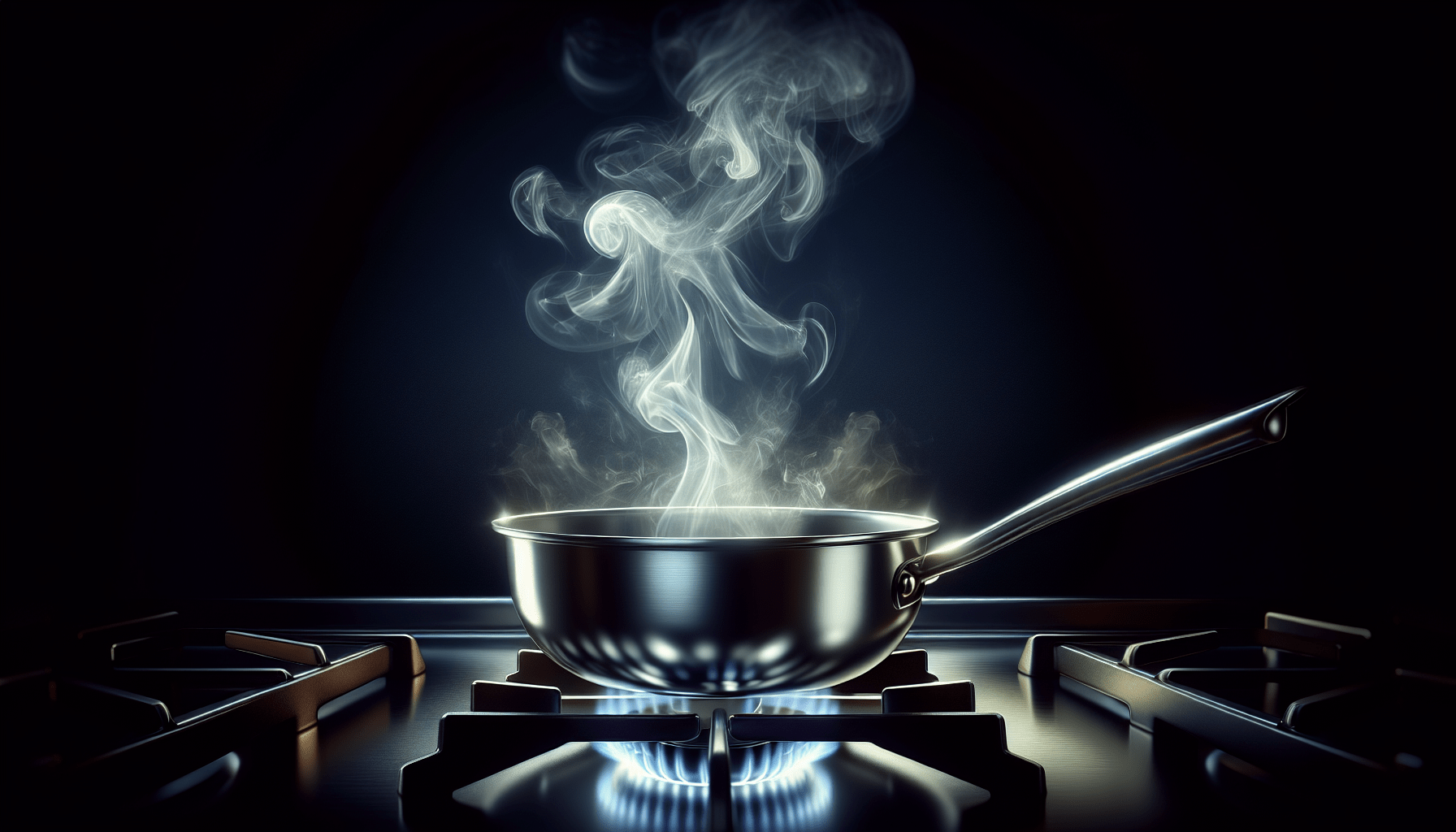In this article, we will explore the question of whether stainless steel is harmful to the body. Stainless steel is a commonly used material for cookware, utensils, appliances, and even medical devices. You may have heard conflicting information about the safety of using stainless steel in contact with food and beverages. Let’s delve deeper into the potential health effects of stainless steel and gain a better understanding of its impact on our well-being.
Is Stainless Steel Harmful To The Body?
Have you ever wondered if the stainless steel cookware you use every day could be harmful to your health? There has been some debate as to whether or not certain metals in stainless steel leach into your food and pose a risk. Let’s take a closer look at this issue and find out if stainless steel is indeed harmful to the body.
Understanding Stainless Steel
Stainless steel is a popular material used in cookware, utensils, appliances, and even jewelry. It is known for its durability, resistance to corrosion, and sleek appearance. But what exactly is stainless steel made of?
Stainless steel is primarily made of iron, with added elements such as chromium, nickel, and molybdenum. These additional elements contribute to stainless steel’s strength and corrosion resistance. However, it is these extra elements that have raised concerns about the potential health risks of using stainless steel.
Potential Health Risks
One of the main concerns surrounding stainless steel is the potential for metals like chromium and nickel to leach into food during the cooking process. Chromium is known to cause skin irritation and respiratory issues when inhaled, while nickel is a known skin sensitizer and can cause allergic reactions in some individuals.
If these metals were to leach into food in significant amounts, it could pose a risk to your health over time. However, the amount of metal that actually leaches into food is highly dependent on various factors, such as the acidity of the food, cooking temperature, and duration.
Types of Stainless Steel
Not all stainless steel is created equal. There are different grades of stainless steel, each with varying levels of chromium and nickel. The most common grades used in cookware are 304 and 316 stainless steel.
-
304 Stainless Steel: This is the most common type of stainless steel used in cookware. It contains around 18% chromium and 8% nickel, which provides good resistance to corrosion.
-
316 Stainless Steel: This grade of stainless steel contains around 16% chromium, 10% nickel, and 2% molybdenum. It is known for its superior corrosion resistance, making it ideal for more demanding applications.
Leaching of Metals
Research has shown that while some metals can leach into food from stainless steel cookware, the amount is typically within safe limits. The World Health Organization has set guidelines for the maximum acceptable levels of metals in food, including chromium and nickel.
In general, the risk of harmful metal leaching from stainless steel cookware is low when used properly. However, if you have a known allergy to nickel or other metals, you may want to avoid using stainless steel cookware altogether.
Best Practices for Using Stainless Steel Cookware
While the potential health risks of using stainless steel cookware may be low, there are some best practices you can follow to minimize any potential exposure to metals.
Avoid Cooking Acidic Foods for Prolonged Periods
Acidic foods can cause the leaching of metals from stainless steel cookware. To minimize this risk, avoid cooking acidic foods, such as tomatoes or citrus fruits, for prolonged periods in stainless steel pans.
Use Wooden or Silicone Utensils
Avoid using metal utensils in your stainless steel cookware, as they can scratch the surface and potentially expose the underlying metals. Instead, opt for wooden or silicone utensils that are gentle on the cookware.
Regularly Inspect Your Cookware
Over time, stainless steel cookware can develop scratches or pits that may increase the risk of metal leaching. Regularly inspect your cookware for any signs of wear and tear, and replace any damaged pieces accordingly.
Clean Your Cookware Properly
Proper cleaning and maintenance of your stainless steel cookware can help prevent the buildup of residues that may react with the metals in the cookware. Use gentle cleansers and avoid harsh chemicals that can corrode the surface of the stainless steel.
Alternatives to Stainless Steel Cookware
If you are still concerned about the potential health risks of using stainless steel cookware, there are alternative options available that may better suit your needs.
Ceramic Cookware
Ceramic cookware is a popular alternative to stainless steel, as it is free from metals and other potentially harmful chemicals. It is also non-stick and easy to clean, making it a convenient choice for everyday cooking.
Cast Iron Cookware
Cast iron cookware is another popular choice for those looking to avoid stainless steel. It is durable, retains heat well, and adds a unique flavor to your dishes. However, cast iron requires seasoning and proper maintenance to prevent rusting.
Glass Cookware
Glass cookware is a safe and inert option for those looking to avoid metal leaching. It is also easy to clean and allows you to monitor your food as it cooks. Just be careful not to subject glass cookware to sudden temperature changes, as it can shatter.
Conclusion
In conclusion, the potential health risks of using stainless steel cookware are relatively low when used properly. While there is a chance that metals like chromium and nickel can leach into your food, the amounts are typically within safe limits. By following best practices and considering alternative cookware options, you can minimize any potential exposure to harmful metals and continue to enjoy the benefits of stainless steel in your kitchen.
